How Berlin is shedding its ‘poor but sexy’ reputation
High class and hedonism are colliding as the German capital swaps its gritty identity for something far more sophisticated.
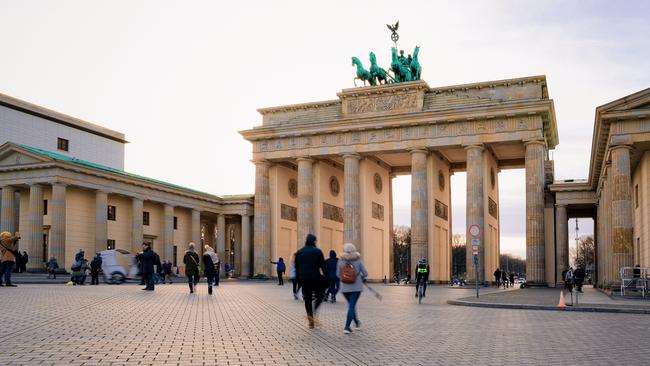
Berlin may have an enduring reputation as a city of hedonism, yet it still seems an atypical proposition for 11pm on a Tuesday night: “A nightcap at the spa?” Where just a few years ago such an overture would likely have had licentious intentions, today sipping a cocktail in a Himalayan salt sauna at midnight is decidedly de rigueur in the German capital.
Liquidrom is the apotheosis of nouveau Berlin, a metropolis that is rapidly rendering over its gritty reputation as a ganglion of scruffiness, sin and all things salacious to re-emerge as Europe’s rightful capital city, with all the urbane trimmings.
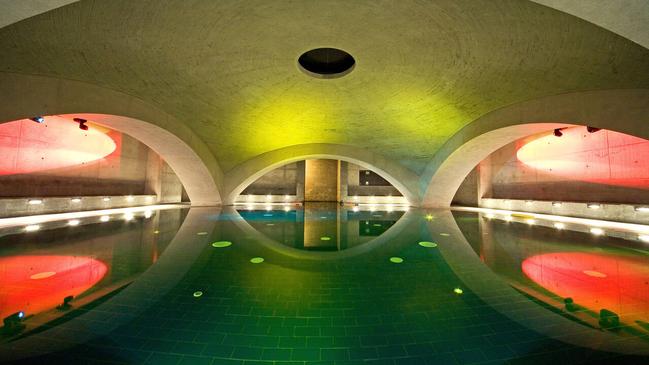
Set in the enduringly hip west Berlin district of Kreuzberg, Liquidrom is both a beau monde indulgence and discernibly “oh-so Berlin”. At face value a boutique health spa and sauna, with an aesthetic landing somewhere between Bauhaus minimalism and Turkish hammam, by moonlight the saltwater pool at the complex’s centre transmogrifies into an immersive liquid nightclub, with DJs whipping up pulsating electro beats through speakers beneath the waterline. Bathers float washed in strobe light, while others perch languidly at the pool’s edge sipping cocktails as the moon transcends the glassed dome above.
Berlin has ever been in a state of evolution. Founded in the middle ages, it became an important centre of trade, drawing migrants from far-flung frontiers. The industrial revolution brought enormous wealth, geopolitical influence and cultural riches – but then came war and division. The full barbarism of the 20th century unfurled here, leaving an existential zeitgeist that fashioned a city of political, social, cultural and sexual extremes.
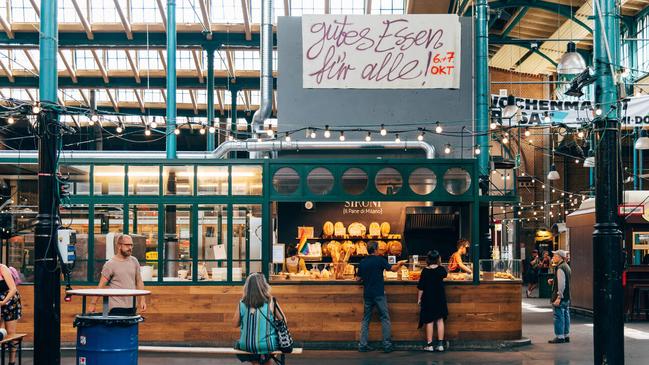
Berlin wore its “poor but sexy” badge with pride for decades, but the new age of affluence is apparent. Brexit forced many international firms to forsake London for Berlin, particularly in the tech sector, and including the likes of Tesla. What has emerged is a metropolis that is enigmatic and cosmopolitan, where high class and hedonism collide. The days when a night out invariably meant surrendering to a boiled pork knuckle have been relegated to the past. In their place are radical Scandinavian restaurants, domestic craft spirits, artisan produce and coffee culture.
Few haunts illustrate this confluence quite so deliciously as the Markthalle Neun (Market Hall Nine), an elegant 19th-century Prussian market rescued from almost-certain demolition a little more than a decade ago. It is fabled for “Street Food Thursday” events, but on an ordinary day you will find local produce such as wild foraged mushrooms, berries, nuts and wild game for sale alongside cheeses, spirits, wines, truffles and international cuisine from the likes of France, Japan and Turkey.
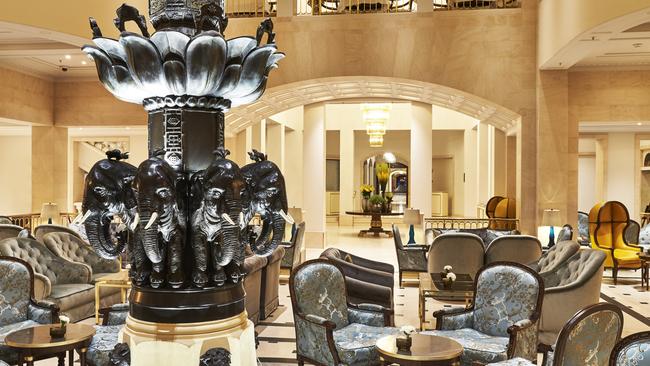
Even the emblematic street staple, the doner kebab – reputedly created here by Turkish migrants in the 1970s – has not emerged unscathed from the city’s modish makeover, which now includes 23 Michelin-hatted restaurants. Cosseted between the Brandenburg Gate and imposing Russian embassy, the Adlon Kempinski Hotel has liberated itself of its stuffy reputation, and crafted one of the city’s most exemplary culinary experiences: a riff on the doner that layers supple ribbons of organic veal and field-fresh salad with shaved truffle and pickled red cabbage on flatbread. Priced at about $60, which would easily buy six street-level doners, the dish presents an opportunity to while away an afternoon in the opulent marbled lobby bar amid the spectres of Albert Einstein, Marlene Dietrich and Charlie Chaplin. This is one of the city’s true epicurean pleasures.


Further down the storied Unter den Linden boulevard stands an enduringly controversial rehabilitation of Berlin’s regal identity, the Berlin City Palace. This city has a vexed relationship with its aristocratic heritage. Most of the population blames its ultimate sovereign, Kaiser Wilhelm II, for the city’s – and country’s – dystopian descent into the abyss with World War I. That defeat would arguably augur the rise of Adolph Hitler and crescendo with the Holocaust, near-total ruin and the brutal cleaving of the city with a concrete wall.
While being spared total condemnation, the East German communist government would nonetheless raze the 500-year-old palace in 1950 and replace it with the distinctly more utilitarian Palace of the Republic. A reunited Berlin would in turn elect to tear that down and resurrect the City Palace, stone for stone, on its original foundations. Although the charged polemic endures, the palace today has a much more contemporary purpose as the Humboldt Forum. It is home to an ethnological museum, performance spaces and, at Restaurant Baret, one of the finest vistas over central Berlin from where to enjoy the country’s most ambrosial wines, including pinot noir – or spatburgunder – from the Ahr Valley.

Situated in a formally dishevelled quarter at the frontier between the East Berlin districts of Mitte and Prenzlauer Berg, few destinations have become so emblematic of Berlin’s renaissance as Soho House. While analogous with the rise of modern members-only clubs worldwide, Soho House remains distinctively Berlin. It has a regular calendar of parties, and a bar direct from a 1970s Cold War spy flick (mandatory candelabra, wood panelling and ample vodka included), begetting the building’s history as the headquarters for the East German Communist Party. Guests can enjoy facilities such as restaurants, cinema, pool and gym, if accompanied by a member.
Much of the city was razed to rubble at the end of World War II but echoes of turn-of-the-century Berlin – the metropolis of Christopher Isherwood, WH Auden and Bertolt Brecht – remain. Taking sanctuary on the fringes of the Tiergarten (once the royal hunting grounds), the embassy quarter remains a bastion of splendour, where the old world coalesces with the new.

SO/ Berlin Das Stue hotel is a prime example. Dreamed up a century ago by fabled architect Johann Emil Schaudt (his other masterpiece is KaDeWe, the nearby luxury department store), the hotel’s classical limestone facade frames an interior where copper and wood interplay with midcentury furniture and surrealist sculptures. The folk strolling around in designer Viktor&Rolf attire as though from the fashion runway are hotel staff.
It is Berlin’s indefatigable spirit that continues to make it such a profound proposition for any traveller. And while the city may have spruced up its exterior, it remains one fuelled by art and subversion. In the verdant southern reaches stands one of its lesser-known but most consequential cultural institutions, the Brucke Museum. Designated “entartete kunst”, degenerate art, by the Nazi Party, today the penetrating and sometimes raw works by Erich Heckel, Ernst Ludwig Kirchner and their contemporaries document the calamity of war and rise of despotism, and turn a prescient mirror on Berlin’s soul.
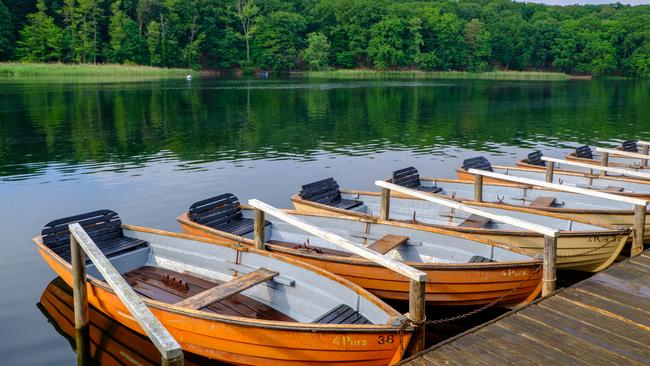
The aesthetic antithesis of urban Berlin, these southern districts are its most affluent and alluring. Here, birch-lined streets garnished with 19th-century manors wend their way down to winsome lakes. In a city that is one of Europe’s greenest, ringed with forests of chestnut, beech and walnut and claiming more than 100 bodies of water, none is so bewitching as the Schlachtensee in the southwest. Reputedly Berlin’s deepest and cleanest lake, it is a portrait of the sublime, where visitors sip cocktails infused with elderberry and wild herbs on the terrace of the stately Fischerhutte and watch as row boats dance upon the crystalline waters.
Back in the city centre, the cobbled laneways are filling with revellers chasing the untethered promise of the Berlin night. Once pockmarked with Kneipen, traditional proletarian corner bars serving up unfussy beer and all means of processed pig, these streets have largely ceded to the proliferation of cocktail bars and eateries peddling fashionable international fare.

Candlelight signals through the windows of Oranien-Apotheke, housed in a traditional 19th-century pharmacy. Beyond its timber doors, the cabinets are lined with heavy antediluvian jars and medical paraphernalia of another epoch. The tonic dished up by the kindly person behind the counter, however, is hardly medicinal: an Old Fashioned cocktail with a Teutonic infusion of local chestnut. Ora is one of Berlin’s most idiosyncratic bars and restaurants, at once contemporary and classic. Having salvaged the trimmings of the pharmacy of yesteryear, including oak panelling and period furnishings, Ora has fashioned a uniquely local experience with a focus on domestic produce, including the enigmatic varietal lemberger (best described as the intersection between pinot noir and grenache).
Back at Liquidrom, a fellow expatriate returns from the sauna, draining the remnants of her long drink and looking up to the high moon beyond the glass as the hypnotic beats swirl. “Purification complete … now, time for a currywurst and beer.”
In the know
SO/Berlin Das Stue hotel is set in the parklands of the Tiergarten, central Berlin; rooms from
€230 ($380) a night.
Hotel Adlon Kempinski Berlin is near the Brandenburg Gate; from €360 a night.
If you love to travel, sign up to our free weekly Travel + Luxury newsletter here.



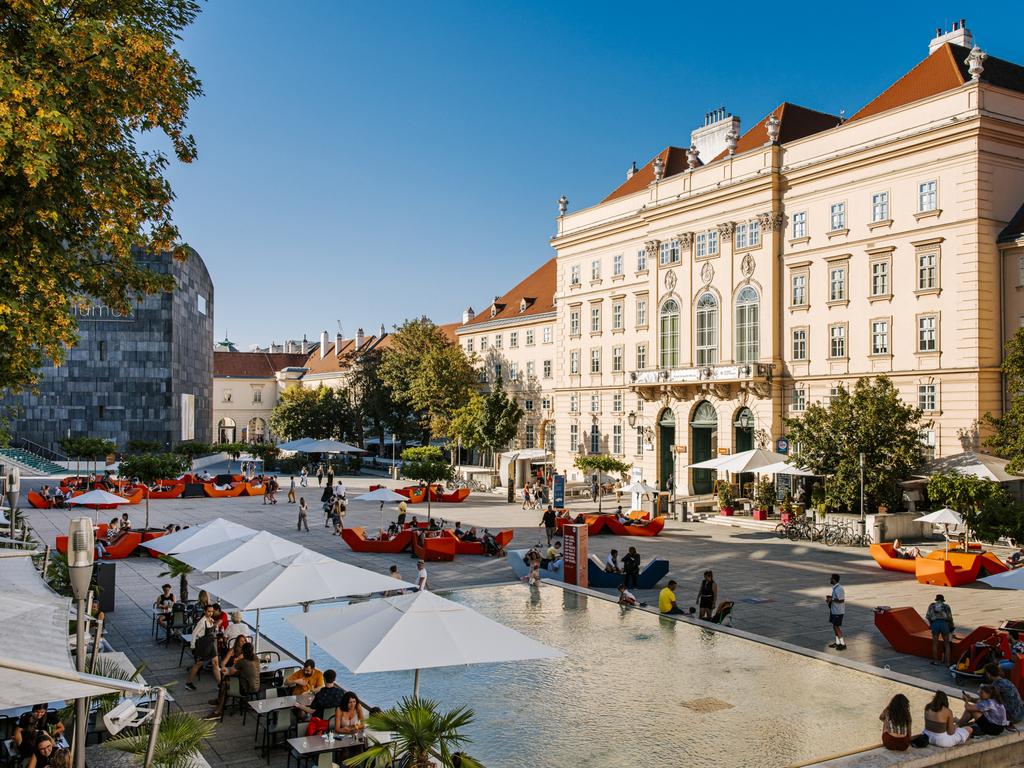
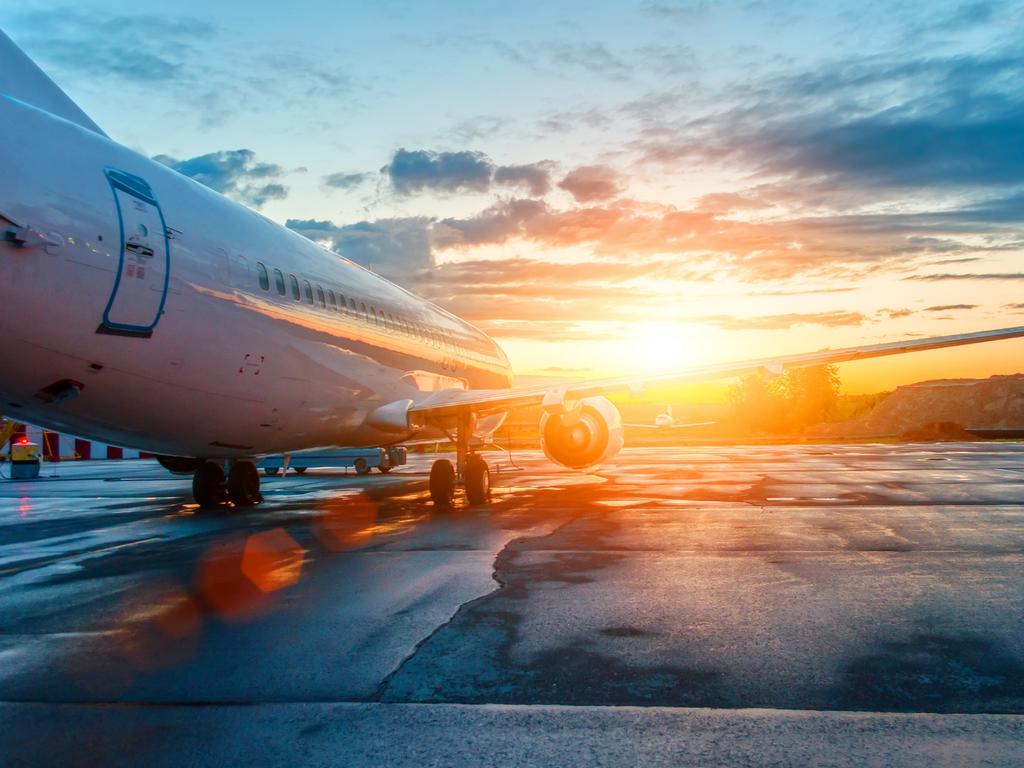
To join the conversation, please log in. Don't have an account? Register
Join the conversation, you are commenting as Logout